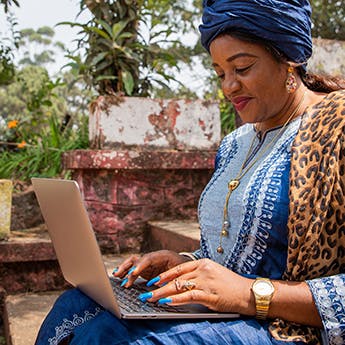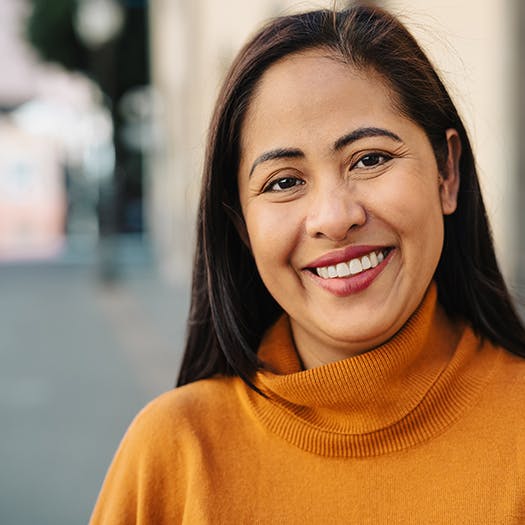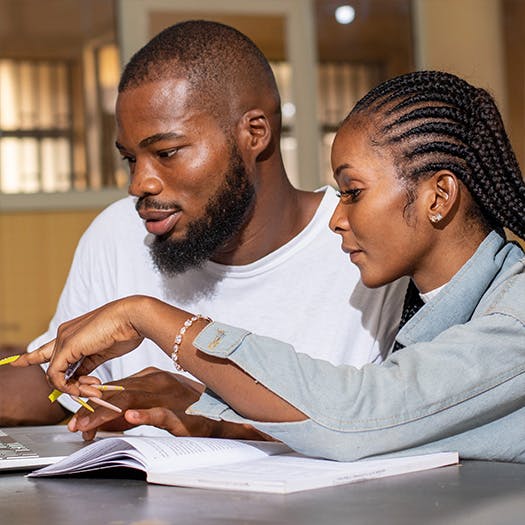
News
As Countries Write FP2030 Commitments, New Podcast Shares the Secrets to Success: Step 1 Is Centering Youth
May 27, 2021
In the News
Previous

News and Updates from FP2...
Next

Updates from the OPCU: A ...
Source:FP2030
Topics:
Adolescents & Youth
COVID-19 & Family Planning
Rights-Based Family Planning
Partners:
Kenya Beverly Nkirote, FP2030 Youth Focal Point for Kenya, is a Program Officer at the Network for Adolescents and Youth of Africa (NAYA), a youth-led regional advocacy network committed to sexual and reproductive health and rights advocacy. She was recently featured on the family planning podcast, Inside the FP Story, by FP2030 and Knowledge Success. Listen to her episode here, or read an excerpt below.
Beverly Nkirote, FP2030 Youth Focal Point for Kenya, is a Program Officer at the Network for Adolescents and Youth of Africa (NAYA), a youth-led regional advocacy network committed to sexual and reproductive health and rights advocacy. She was recently featured on the family planning podcast, Inside the FP Story, by FP2030 and Knowledge Success. Listen to her episode here, or read an excerpt below.
Prior to COVID-19, there were already gaps in meeting the sexual and reproductive health needs of adolescents and youth in low- and middle-income countries. Unfortunately, because of the pandemic, these gaps are widening. Among women wanting to avoid a pregnancy, unmet need is almost twice as high for adolescents as for all women.
Addressing the family planning needs of this group remains a challenge — not just because of the pandemic, but because adolescents and youths all face unique stigmas and aren’t a homogenous group of family planning users. Young people may identify as LGBTI, they could be unhoused, living with disabilities, or are migrants, refugees, or living in other crisis settings. To address the needs of young people, we have to tailor services to meet a wide range of populations. And it’s critically important that we do so, even now, in the time of COVID-19.
In addition to other potential layers of marginalization, the challenges faced uniquely by young people include access to services, especially at the facility level, and the added layer of consent because some young people or adolescents need permission from a parent or guardian to access services. This, of course, limits the accessibility of comprehensive services. Imagine making it all the way to the family planning clinic: The supplies, which even prior to the pandemic were often in short supply in many areas, are in stock, and you can afford the care, whose costs are often prohibitive, only to be turned away because you don’t have a guardian’s consent?
COVID-19 also made it harder to visit clinics themselves. Restrictive guidelines and stay-at-home orders that were put into place to minimize infection rates of COVID-19 also resulted in challenges in terms of accessing services, especially by young people. And even if a young person is able to get to the clinic during the stay-at-home orders, the services might not be youth-friendly, and they could be turned away because of stigma. Unfortunately but not unexpectedly, Kenya has recorded a higher rate of teenage pregnancies since the onset of COVID-19.
Many communities have, however, started to use virtual telehealth services to much success. CSOs and development partners have advocated to ensure we leverage online platforms and try to ensure the continuity of provision of services, especially family planning, through the pandemic. These tools show a lot of potential in meeting the needs of young people, not only as the pandemic continues, but in the “new normal” as well.








